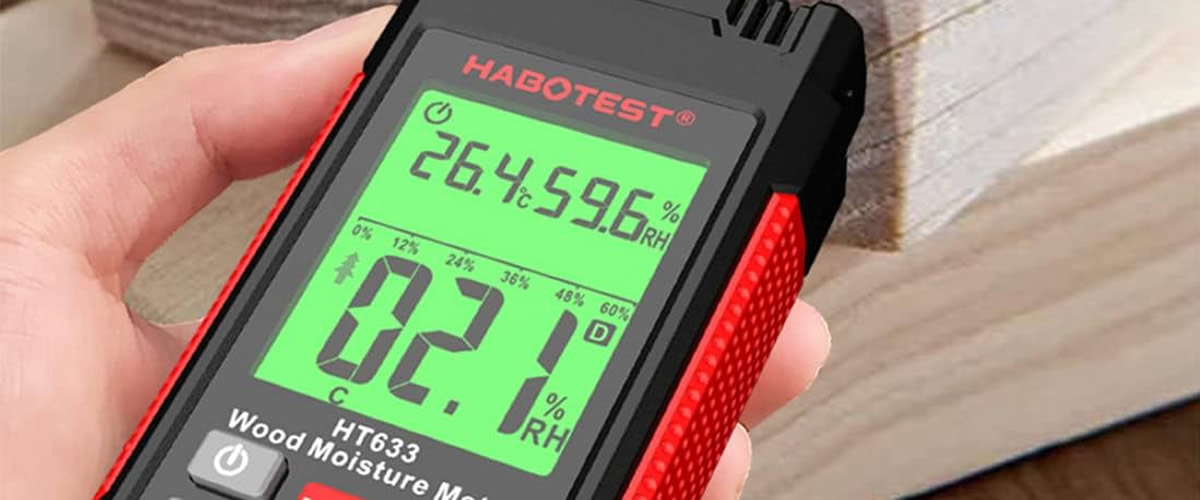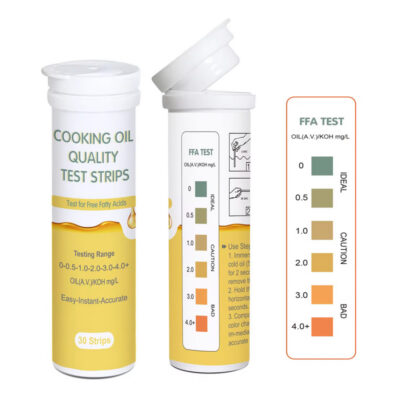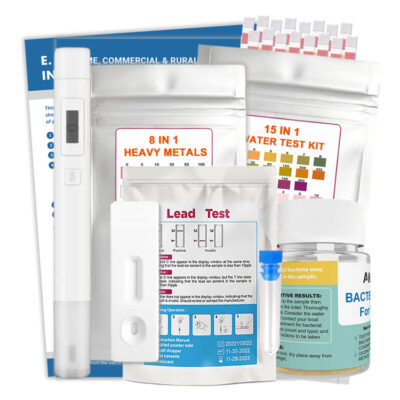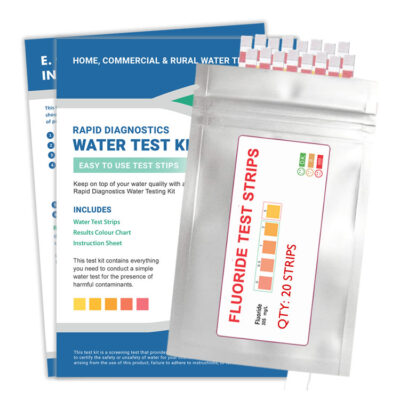Moisture meters are essential tools in many industries, especially for professionals in woodworking, construction, and home inspection. Ensuring materials like wood, concrete, or brick have the correct moisture content can mean the difference between a successful project and one plagued by structural issues or damage. In this guide, we’ll walk you through how to use a moisture meter effectively in a professional setting, ensuring accurate and reliable readings for your materials. Plus, we’ll briefly cover moisture meter use for plant care to address broader usage.

What Is a Moisture Meter?
A moisture meter is a device used to measure the moisture content in various materials. It typically uses two metal probes that are inserted into the material, allowing the device to calculate the moisture level based on electrical resistance. The higher the moisture, the greater the conductivity.
Professionals use moisture meters to monitor materials like wood, drywall, and concrete to avoid warping, mold, or structural weaknesses caused by improper moisture levels. For instance, in construction, concrete must cure to a certain moisture level before it's considered stable for further building.
Why Use a Moisture Meter?
In professional settings, accurate moisture readings are critical. For woodworkers, knowing the moisture content of wood ensures that it won’t warp or crack over time. In construction, ensuring that concrete has the right moisture level prevents future structural issues. Here are a few reasons why professionals use moisture meters:
- Prevent Material Damage: Avoid wood that splits, cracks, or warps due to improper moisture levels.
- Ensure Structural Integrity: In construction, overly wet or dry materials can lead to long-term problems like mold growth or cracking.
- Save Time and Money: Detect moisture problems early to prevent costly repairs or replacements later.
How to Use a Moisture Meter for Wood, Concrete, and Building Materials
Step 1: Preparing the Device
Before using your moisture meter, ensure that it’s ready for accurate readings:
- Insert Batteries: Make sure the device is powered on. Most moisture meters run on standard AAA batteries.
- Select Material Setting: If your moisture meter has multiple settings, select the one for your specific material (wood, concrete, drywall, etc.). Different materials conduct electricity differently, so selecting the right material is crucial for accurate readings.
Step 2: Measuring Wood Moisture
For woodworking projects, ensuring that your wood has the right moisture level is essential to avoid future warping or cracking.
- Insert the Probes: Place the metal probes firmly into the wood. For the most accurate reading, insert the probes at least 1/4 inch into the wood.
- Take Multiple Readings: Move the meter around the wood, especially if working with large pieces. Wood may have varying moisture levels across the grain, so taking multiple readings will help you get an accurate average.
Ideal Moisture Levels for Wood:
- Indoor furniture: 6-8% moisture content.
- Outdoor projects: 9-14% moisture content.
Be cautious—if the moisture content is above 20%, the wood is likely too wet to use and may cause structural issues later.
Step 3: Testing Concrete and Other Building Materials
When dealing with concrete, brick, or other building materials, accurate moisture readings help ensure stability and safety.
- Position the Meter: Place the probes on the material’s surface. For dense materials like concrete, the readings will take a bit longer to stabilize.
- Check for Curing: For new concrete, the moisture meter helps ensure that it has dried to the appropriate level before sealing or applying further construction materials.
- Evaluate Problem Areas: If a moisture meter detects uneven moisture in your building materials, it could indicate leaks, mold, or improper drying.
Common Problems and Solutions When Using Moisture Meters
- Inconsistent Readings: This often happens when the probes aren’t placed properly. Try inserting the probes into a different area to get a more accurate reading.
- High Salt Content: Some materials with high salt content can interfere with the meter’s conductivity readings. In these cases, manually check the material’s texture as a backup.
- Probe Sensitivity: Avoid pushing the probes too hard into the material, as this could damage both the probes and the material itself.
Moisture Meter for Plant Care and DIY Projects
While this guide is focused on professional use, moisture meters are also valuable for plant care and DIY enthusiasts. For example, in plant care, these tools help avoid overwatering and underwatering by providing accurate soil moisture readings. Simply insert the probes into the soil, wait for 30-60 seconds, and read the moisture level on the display. A low reading means your plant likely needs water, while a higher reading indicates that it’s sufficiently moist.
How to Clean and Store a Moisture Meter
To maintain your moisture meter’s accuracy and longevity:
- Wipe the Probes Clean: After each use, gently wipe the probes with a dry cloth to remove any residue.
- Store in a Dry Place: Never leave the meter in contact with moisture for extended periods, and always store it in a cool, dry location.
External Authority and Reviews
Moisture meters are widely reviewed and recommended by industry professionals. For instance, Fine Woodworking highlights the importance of using moisture meters to ensure wood is properly dried before use. Similarly, Concrete Network suggests using moisture meters to check for proper curing in large concrete projects. These expert recommendations add credibility and emphasize the necessity of using moisture meters for accuracy and safety.
Concluding Insights: How Moisture Meters Safeguard Your Projects
A moisture meter is an indispensable tool for professionals in construction, woodworking, and home inspection. It ensures your materials are safe, stable, and ready for use. By following this guide, you can confidently use a moisture meter to avoid costly mistakes and deliver high-quality results in your projects.
Whether you're testing wood for a new piece of furniture or ensuring concrete has cured properly, a moisture meter will help you achieve precision. And for those curious about using moisture meters for plant care, you’ll find this tool equally handy in managing the health of your indoor garden.
Buy 4 in 1 Digital Moisture Meter







